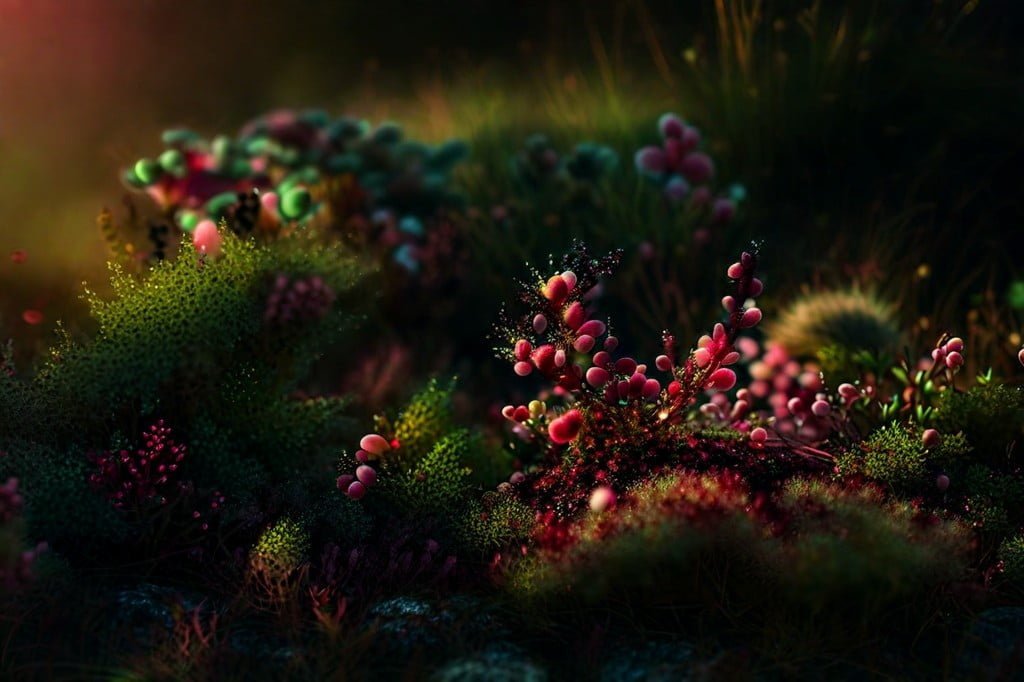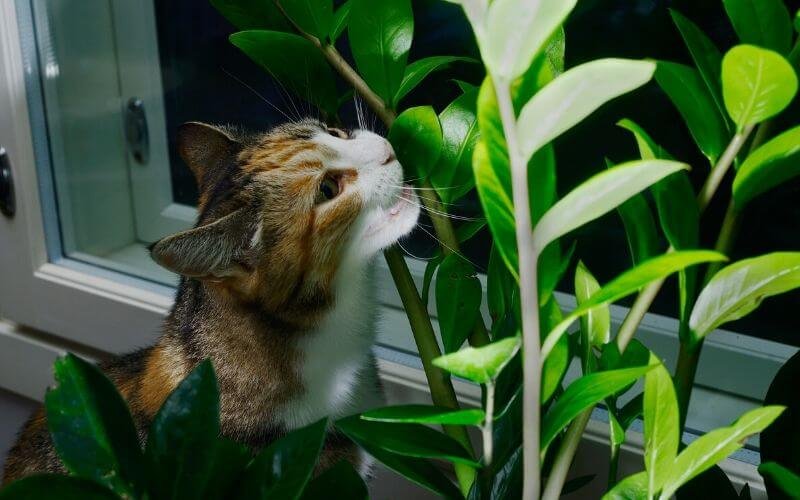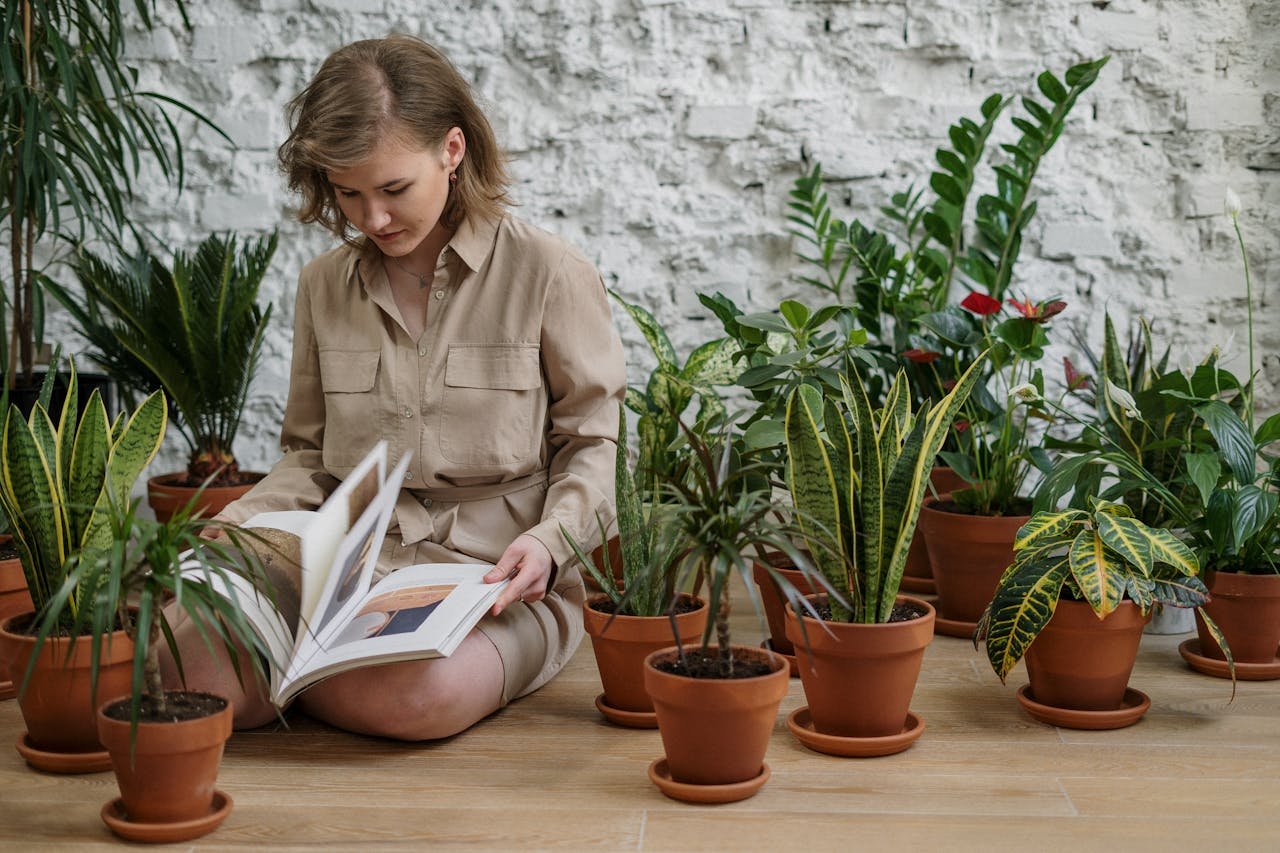How to water plants when away for a week in vacation When planning for your vacation, it’s essential to select the right plants that can withstand some neglect while you’re away.
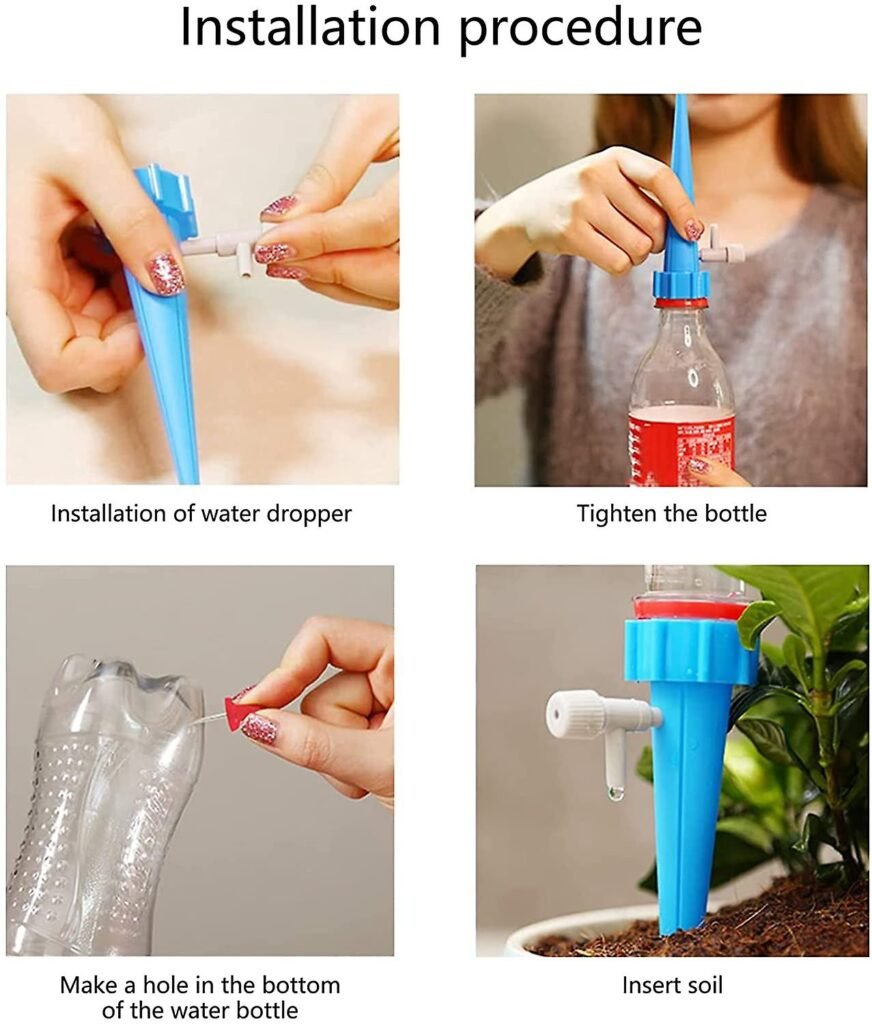
Choosing the Right Plants
When planning for your vacation, it’s essential to select the right plants that can withstand some neglect while you’re away. Here are some tips on choosing the best plants for your time away:
- Low-Maintenance Plants: Opt for plants that require minimal care, such as succulents, snake plants, or pothos. These plants can handle periods of drought and are more forgiving if you forget to water them before leaving.
Growing Olive tree indoor plant
Flow Us
- Self-Watering Pots: Consider using self-watering pots for your plants. These pots have a reservoir at the bottom that allows the plant to absorb water as needed, reducing the frequency of watering.
- Drought-Tolerant Varieties: Choose plants that are known for their drought tolerance, like cacti, jade plants, or zz plants. These species can survive longer periods without water and are perfect for when you’re away for an extended time.
- Avoid High-Maintenance Plants: Stay away from plants that require daily watering, specific humidity levels, or frequent pruning. Plants like orchids, ferns, or fiddle leaf fig trees might struggle in your absence.
- Consider Grouping Plants: Grouping plants together can create a microclimate that helps retain moisture and provides some level of humidity, reducing the individual care needed for each plant.
By carefully selecting the right plants for your time away, you can ensure that your indoor jungle stays healthy and happy while you’re off enjoying your vacation.
Preparing Your Plants for Your Absence
I will first make sure to water all my plants thoroughly a day or two before leaving. This will ensure that they have enough moisture to last for the duration of my absence. Additionally, I will group the plants based on their water needs to make watering more efficient.
- Next, I will move any plants that require direct sunlight to a location where they can receive adequate light. I will also rotate them slightly to prevent uneven growth due to sunlight exposure from one direction. For plants that prefer shade, I will move them to a spot where they can stay out of direct sunlight.
- To create a self-watering system, I will place all my plants in a tray filled with water and stones. The plants can absorb water through the drainage holes in their pots, ensuring they stay hydrated while I am away. I will also consider using self-watering stakes or bulbs for individual plants that may need more water.
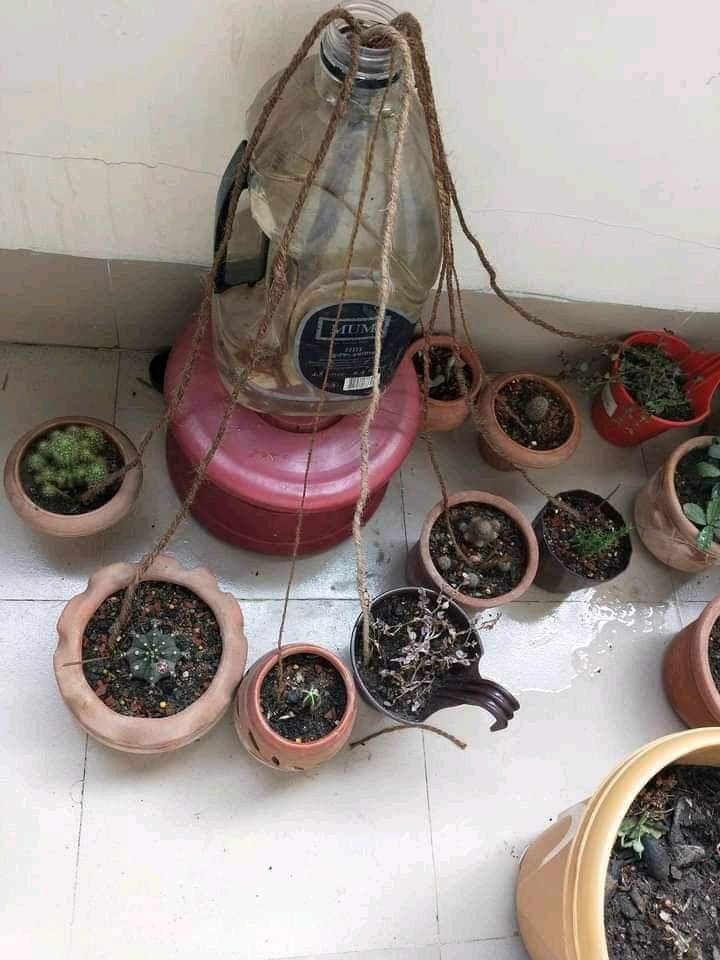
- I will prune any dead leaves or flowers before leaving to promote healthy growth in my absence. This will also prevent any mold or fungus from forming on the plants while I am away.
- To maintain humidity levels, I will mist the plants before leaving or place a humidifier nearby. This will prevent the plants from drying out, especially if I am going away for an extended period.
Finally, I will ask a friend or neighbor to check on my plants periodically. Even with all the preparations in place, having someone stop by to ensure everything is in order can provide extra peace of mind.
Setting Up a Self-Watering System
I prefer setting up a self-watering system for my plants before I leave for vacation. It’s a convenient way to ensure they receive water while I’m away. Here are steps on how to set up a self-watering system:
- Choose the Right System: Select a self-watering system that best fits your plant’s needs. Options include plant spikes, watering globes, self-watering pots, or DIY systems using strings or wicks.
- Test the System: Before leaving, it’s important to test the self-watering system to ensure it’s functioning correctly. Fill the reservoir with water and monitor how the water is being delivered to the plant.
More information
- Adjust the Settings: Depending on the plant and the duration of your vacation, adjust the settings of the self-watering system. Some plants may require more water, while others need less.
- Place the System Correctly: Position the self-watering system near the plant’s roots for efficient water distribution. Ensure that the system is securely in place and won’t tip over.
- Check Before Leaving: Double-check the self-watering system before leaving for vacation. Confirm that the reservoir is filled with enough water to last throughout your time away.
- Backup Plan: Consider having a backup plan in place in case the self-watering system fails. Ask a neighbor, friend, or family member to check on your plants if needed.
By setting up a self-watering system, I can relax knowing that my plants will stay hydrated and healthy while I’m on vacation.
Providing Adequate Light Conditions
When it comes to keeping your plants healthy while you are away, ensuring they receive enough light is crucial. Here are some tips to provide adequate light conditions for your green friends:
- Natural Light: If possible, place your plants near a window where they can receive natural sunlight. Make sure to consider the specific light requirements of each plant. Some may need direct sunlight, while others do better with indirect light.
- Move Plants: Before leaving for your vacation, take note of the light conditions in different areas of your home throughout the day. If certain spots receive more sunlight, consider moving your plants there to ensure they get enough light while you are away.
- Use Timers: Consider investing in timers for your lamps or overhead lights to create a consistent lighting schedule for your plants. This can help mimic a natural day-night cycle and ensure your plants receive the light they need even in your absence.
- Avoid Direct Sunlight: While sunlight is essential for plants, be cautious of placing them in direct sunlight, especially if you will be away for an extended period. Direct sunlight can cause plants to dry out or get sunburned if they are not watered adequately.
- Consider Artificial Light: If natural light is limited in your absence, you can supplement with artificial grow lights. There are various options available, including LED and fluorescent lights, that can provide the necessary light spectrum for your plants to thrive.
By taking these steps to provide adequate light conditions for your plants while you are on vacation, you can help ensure they stay healthy and happy until your return.
Ensuring Proper Air Circulation
To ensure my plants stay healthy while I’m away, proper air circulation is essential. Here are some tips to maintain good airflow for your green friends:
- Open Windows: Before leaving for your vacation, I make sure to open windows slightly to allow fresh air to circulate in the room. This helps prevent stagnant air from causing mold or mildew on the plants.
- Use Fans: Placing a fan on a low setting in the room can help improve air circulation. I aim the fan towards the plants, but make sure it’s not too strong to avoid damaging delicate leaves.
- Avoid Crowding: I position my plants with enough space between them to allow for adequate airflow. Plants placed too closely together can create a humid environment, leading to mold problems.
- Trim Overgrown Foliage: Before leaving, I prune any overgrown or yellowing leaves. This not only helps the plant conserve energy in my absence but also allows for better air circulation around the remaining foliage.
- Consider a Timer for a Small Fan: If you have a lot of plants or a specific area that tends to get less airflow, consider using a small fan on a timer. This can ensure consistent air circulation even when you’re not around.
Ensuring proper air circulation is key to preventing common plant issues such as mold, mildew, and stagnant air pockets. By following these tips, you can help your plants stay healthy and vibrant while you’re away on vacation.
Protecting Plants from Pests
When leaving your plants unattended for an extended period, pest control becomes crucial. Here’s how I ensure my plants stay pest-free while I am away:
- Neem Oil Spray: Before I leave, I apply neem oil spray to my plants. This natural remedy is effective against common pests like aphids, spider mites, and mealybugs. It acts as a repellent and disrupts the pests’ growth cycle.
- Sticky Traps: Placing yellow sticky traps near my plants helps catch flying insects like fungus gnats and whiteflies. These traps are a simple yet effective way to reduce pest populations.
- Water Management: Overwatered plants are more susceptible to pests and diseases. I make sure to water my plants adequately before I leave but avoid soggy soil to prevent attracting pests.
- Prune and Inspect: I inspect my plants closely before leaving, removing any dead or yellowing leaves. Pests often hide in these areas, so pruning helps eliminate their hiding spots.
- Natural Predators: Encouraging beneficial insects like ladybugs or lacewings in your absence can help control pest populations naturally. You can release these predators before leaving to let them work their magic.
Remember, early pest detection is key to preventing infestations. So, I always keep an eye out for any signs of pest activity before departing.
By taking these preventive measures, I can enjoy my vacation knowing that my plants are safe from pesky invaders.
Grouping Plants Together
When going on vacation, I find it beneficial to group my plants together based on their needs. This way, I can create mini ecosystems that help each other thrive while I’m away. Here are some tips for grouping plants together effectively:
- Similar Watering Needs: I group plants that require similar amounts of water together. This makes it easier to ensure they all get the right level of hydration.
- Similar Light Requirements: Placing plants with similar light requirements together can help ensure they all receive adequate sunlight or shade.
- Humidity Lovers: If you have plants that enjoy higher humidity levels, grouping them together will create a more favorable microclimate for them.
- Dry Soil Plants: On the other hand, plants that prefer drier soil can be grouped together to prevent overwatering.
- Compact the Plants: By grouping plants closely together, you can create a more humid environment that reduces moisture loss, especially in dry climates.
- Use Self-Watering Systems: For groups of plants that require consistent moisture, consider using self-watering systems to ensure they stay hydrated while you’re away.
By grouping plants according to their needs, I can simplify the care routine for my plants and increase their chances of thriving even when I’m not around.
Asking for Help from a Friend or Neighbor
When planning your vacation, it’s crucial to arrange for someone trustworthy to care for your plants while you’re away. Here are some tips for asking a friend or neighbor for help:
- Choose someone responsible: Look for a friend or neighbor who has shown reliability in the past. You need someone you can trust to follow your plant care instructions.
- Provide clear instructions: Before you leave, take the time to explain in detail what needs to be done for each plant. Provide written instructions if necessary and include information on watering, light requirements, and any special care needs.
- Set up a watering schedule: Make it easy for your friend or neighbor by setting up a watering schedule for your plants. Use reminders or labels to indicate which plants need to be watered and when.
- Show them around: Take your helper on a tour of your plant collection. Point out any plants that are especially important to you or require extra attention.
- Leave contact information: Ensure your friend or neighbor has a way to reach you in case of an emergency or if they have any questions about caring for your plants.
- Express gratitude: Remember to thank your friend or neighbor for their help. Consider leaving a small token of appreciation, such as a plant-related gift, when you return.
By following these tips, you can relax and enjoy your vacation knowing that your plants are in good hands.
Considering Plant-Sitters or Professional Services
If I will be away for an extended period or if I have a large number of plants that require specialized care, I might consider hiring a plant-sitter or professional plant care service. Here are some tips to keep in mind:
Plant-Sitters: How to water plants when away for a week
- I can ask a friend, neighbor, or professional plant-sitter to water my plants and check on their well-being while I am away.
- Before entrusting someone with this responsibility, I should provide clear instructions on how much water each plant needs and any specific care requirements.
- It’s essential to choose someone reliable who will be diligent in caring for my plants during my absence.
Professional Services: How to water plants when away for a week
- If I have a variety of plants with different care needs, hiring a professional plant care service might be worth considering.
- Professional services can provide specialized care tailored to each plant’s requirements, ensuring they stay healthy in my absence.
- I should research and choose a reputable plant care service with positive reviews and experience in caring for a diverse range of plants.
- When deciding between a plant-sitter and professional services, I must consider factors like the number of plants I have, their care requirements, and the duration of my absence. Whether I opt for a plant-sitter or professional service, proper communication and clear instructions will be key to ensuring my plants receive the care they need while I am away.
Returning Home and Caring for Your Plants
Upon returning home from your vacation, giving your plants some immediate attention can help them return to their healthy state. Here are some key steps to follow:
- Check for Watering Needs: Firstly, I will carefully check the soil moisture levels of each plant to determine if they need watering. It’s essential not to overwater, as this might harm the plants that have been left unattended during my absence.
- Prune and Trim: I will inspect my plants for any yellowing leaves or overgrowth. Pruning any dead leaves or stems will help redirect the plant’s energy to new growth.
- Clean and Dust: Dust can accumulate on plant leaves, hindering their ability to photosynthesize efficiently. I will gently wipe down the leaves with a damp cloth to remove any dust buildup.
- Reintroduce Sunlight: In case my plants were placed in a low-light spot to avoid intense sun exposure while I was away, I will gradually reintroduce them to their original light conditions to prevent shock.
- Inspect for Pests: I will look closely for any signs of pests like spider mites, aphids, or mealybugs. If I spot any, I will treat them promptly to prevent infestation.
- Fertilize if Necessary: If my plants are due for feeding, I will use a balanced fertilizer to replenish any nutrients they may have depleted while I was away.
By following these steps, I can ensure that my plants recover quickly and thrive after being left unattended during my vacation.

